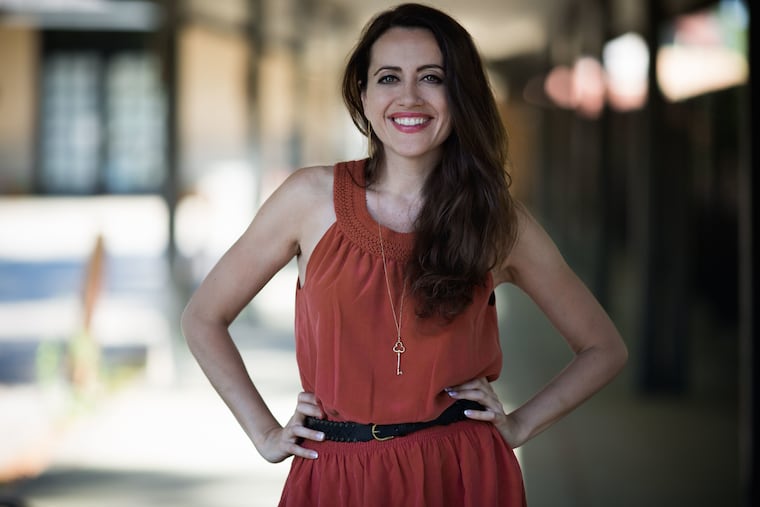At the Philadelphia Orchestra, a funeral march, a requiem, and Mozart’s angriest symphony. It was a wonderful time
Early music specialist Bernard Labadie was on the podium for an all-Mozart program

The musical scholarship is all very much welcome. But if you’ve ever sung in a chorus, seen the movie Amadeus, or enjoyed a good fugue, you’ll probably find the Philadelphia Orchestra’s current all-Mozart program enormously satisfying.
That’s not to minimize the revelatory nature of Bernard Labadie’s approach. The baroque and classical repertoire specialist led a slimmed-down ensemble Thursday night while sitting on a piano bench (as he does all the time now), and brought a generally early-music character to an ensemble widely admired for its fat, lustrous wall of sound.
With its ranks thinned, the orchestra under his direction dispensed the Masonic Funeral Music, K. 477, in a single, no-fuss breath. Sparseness was a strength.
The paradox of Verizon Hall’s acoustic is the tendency of fewer instruments on a roomy stage to send their sound sailing, and in this piece — as well as in the Mozart Requiem after intermission — that beautiful quality materialized time and time again. The meeting of the orchestra’s tradition of saturated sound with pure-tone (limited or non-vibrato) clarity was a happy one.
In the Symphony No. 25 in G Minor, K. 183, the opening movement alternated effectively between angry jabs and the smooth, placid response topped by the floating of oboist Peter Smith. This would have been fine repertoire for the orchestra to host one of the many outside candidates for the principal oboist chair it has been hearing all season, but Smith continues to be a sturdy, elegant insider.
More crispness in the orchestra’s winds would have been welcome in the “trio” section of the third movement. But hornist Jeffrey Lang had a noble, ringing presence throughout the piece. Ensemble lesson of the day: a mere three double basses can put out a lot of sound.
A few changes added up to a lot in the Requiem. Unfinished by Mozart and presented here in the Robert Levin edition of Sussmayr’s completion, the piece kept the ensemble relatively small and the choir big (about 125 members perched in the conductor’s circle seating). I very much liked Labadie’s subtle rubato and dynamics. He’s expressive in carefully judged doses, like the way he pushed the strings to victory in the “Sanctus.”
But again, it was the color of the instruments and vocalists that captivated most. Was trombonist Nitzan Haroz too beefy in the “tuba mirum” section? Probably. And would a choir with a more complex sound than the Westminster Symphonic Choir have had more emotional edge? Yes.
But what a glorious voice this performance has in Amanda Forsythe. Her soprano is pure, and the way it cozied up to the instrumental sound was a source of recurring joy and adrenaline. All the soloists were strong: mezzo Michèle Losier, tenor Jeremy Ovenden, and bass-baritone Neal Davies.
Just nine winds (plus organ) are used in the work, but so effectively that they are a major presence. The three trombones were particularly sensitive in matching color for color what was going on around them.
Something about this piece invites obsession, and I admit to having fixated from time to time on the “Confutatis” — not so much for the diametrically opposed music contrasting the “damned” and the “blessed,” but for the astonishing harmonic journey of the section’s last 16 bars. It modulates in a way that surprises every time you hear it. And though other conductors may pace that section with more drama and suspense than Labadie did here, transformation equates hope, and we were grateful to hear its promise.
Additional performance: 8 p.m. Saturday in Verizon Hall, Broad and Spruce Streets. Tickets are $10-$167. www.philorch.org, 215-893-1999.